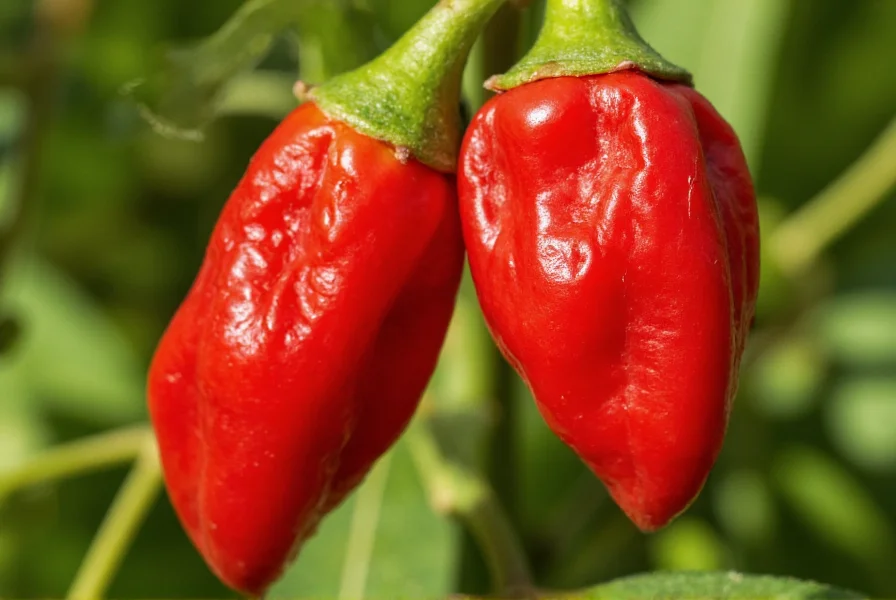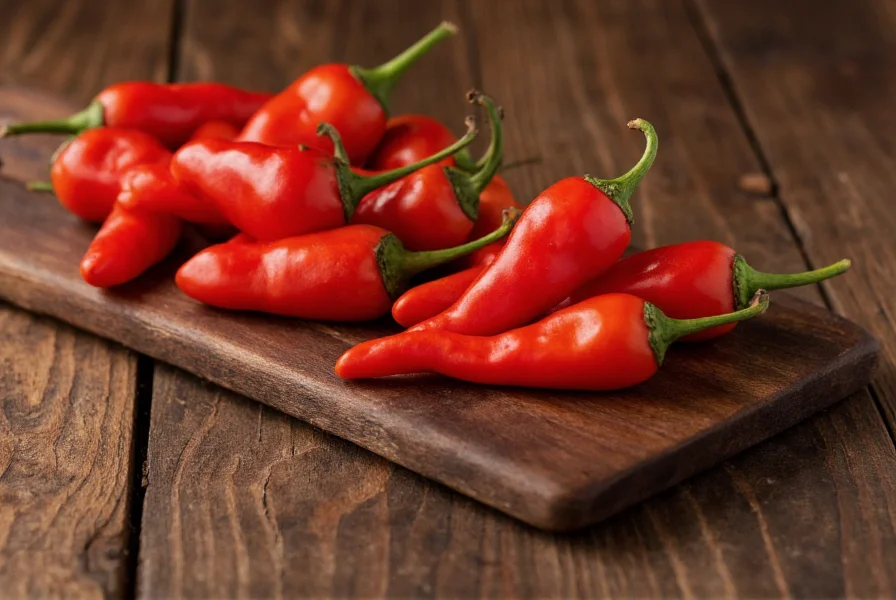The ghost pepper, scientifically known as Bhut Jolokia, represents one of the most formidable entries on the Scoville scale, the standard measurement for chili pepper heat. Originally hailing from Northeast India, this pepper gained global attention when it held the Guinness World Record for hottest chili pepper from 2007 to 2011. Understanding its precise position on the spicy scale helps both culinary enthusiasts and casual consumers gauge appropriate usage and safety precautions.
Understanding the Scoville Scale
Developed by pharmacist Wilbur Scoville in 1912, the Scoville Organoleptic Test originally measured capsaicin concentration through human taste panels. Today, high-performance liquid chromatography provides more precise measurements, though results are still expressed in Scoville Heat Units (SHU) for public understanding. The scale ranges from 0 SHU for bell peppers to over 2 million SHU for the hottest modern superhots.
Ghost Pepper's Precise Heat Range
Multiple laboratory tests have confirmed that authentic ghost peppers consistently register between 855,000 and 1,041,427 SHU. This remarkable heat level isn't uniform across all specimens—factors like growing conditions, soil composition, and climate significantly influence the final spiciness. The ghost pepper's heat profile features an initial fruity flavor that quickly transforms into intense, lingering burn affecting multiple areas including the mouth, throat, and even sinuses.
| Pepper Variety | Scoville Heat Units | Heat Comparison |
|---|---|---|
| Bell Pepper | 0 SHU | Mild |
| Jalapeño | 2,500-8,000 SHU | 1x (baseline) |
| Habanero | 100,000-350,000 SHU | 12-40x hotter than jalapeño |
| Ghost Pepper | 855,000-1,041,427 SHU | 100-200x hotter than jalapeño |
| Carolina Reaper | 1,400,000-2,200,000 SHU | 2-3x hotter than ghost pepper |
Practical Implications of Ghost Pepper Heat
Handling ghost peppers requires serious precautions. The capsaicin concentration is high enough to cause skin irritation and temporary burns, especially when handling the seeds and inner membranes where heat compounds concentrate. Chefs working with ghost peppers should always wear nitrile gloves and avoid touching their face during preparation. Proper ventilation is essential as airborne capsaicin can cause respiratory discomfort.
Culinarily, ghost peppers work best when used sparingly in dishes where their distinctive smoky, fruity flavor can shine through the intense heat. Many professional kitchens use ghost pepper in controlled applications like hot sauces, infused oils, or as a finishing spice rather than a primary ingredient. The heat builds gradually, reaching peak intensity after 30-45 seconds, and can linger for 20-40 minutes.

Common Misconceptions About Ghost Pepper Heat
Many consumers mistakenly believe all ghost peppers deliver identical heat levels. In reality, agricultural factors create significant variation—ghost peppers grown in optimal conditions with controlled stress factors (like limited water) develop higher capsaicin concentrations. Another misconception involves comparing ghost peppers to newer superhots like the Carolina Reaper; while ghost peppers were record-holders in their time, several newer varieties now exceed their maximum heat potential.
Understanding the ghost pepper spicy scale also requires recognizing that human perception of heat varies considerably. Factors including genetics, previous exposure to capsaicin, and individual pain tolerance create wide variations in how people experience the same pepper's heat. This explains why some individuals can consume ghost peppers with minimal discomfort while others experience severe reactions to much milder varieties.
Safety Considerations for Extreme Heat
Consuming ghost peppers without proper preparation can lead to significant discomfort including nausea, sweating, and temporary breathing difficulties. Experts recommend having dairy products like milk or yogurt available to neutralize capsaicin, as water merely spreads the oil-based compound. Those with gastrointestinal sensitivities or medical conditions should consult healthcare providers before attempting to consume peppers at this heat level.
Conclusion
The ghost pepper's position on the Scoville scale—between 855,000 and 1,041,427 SHU—represents a serious heat level that demands respect and proper handling techniques. While no longer the world's hottest pepper, its distinctive flavor profile combined with extreme heat continues to make it a popular choice for adventurous cooks and chili enthusiasts. Understanding these ghost pepper scoville units helps consumers make informed decisions about usage while appreciating this remarkable botanical specimen's place in the pepper heat hierarchy.
Frequently Asked Questions
How does ghost pepper compare to habanero on the Scoville scale?
Ghost peppers are significantly hotter than habaneros. While habaneros typically range from 100,000 to 350,000 Scoville Heat Units, ghost peppers measure between 855,000 and 1,041,427 SHU. This means ghost peppers are approximately 2-8 times hotter than the hottest habanero varieties, making them substantially more intense in both immediate and lingering heat.
Can ghost peppers cause permanent damage?
Consuming ghost peppers doesn't typically cause permanent damage for healthy individuals, though they can create significant temporary discomfort including severe burning sensations, sweating, and nausea. However, people with certain medical conditions like gastrointestinal disorders should exercise extreme caution. Direct skin contact without protection can cause temporary chemical burns that heal within days. Always handle ghost peppers with gloves and proper ventilation to avoid irritation.
Why do ghost pepper heat levels vary so much?
Ghost pepper heat levels vary due to multiple factors including growing conditions, soil composition, water availability, and climate. Peppers develop higher capsaicin concentrations when subjected to environmental stressors. Genetic variations between plants and even different pods on the same plant contribute to this variability. Harvest timing also affects heat, with fully matured peppers generally being hotter. This natural variation explains why some ghost peppers test at 855,000 SHU while others reach 1,041,427 SHU.
What's the best way to reduce ghost pepper heat in cooking?
To reduce ghost pepper heat in cooking, remove all seeds and inner white membranes where capsaicin concentrates. Start with very small quantities—1/8 to 1/4 teaspoon of minced pepper per dish—and allow time for the heat to develop before adding more. Dairy products like yogurt or cream can help moderate heat in finished dishes. Cooking doesn't reduce capsaicin levels, but combining with starches or sugars can help balance the heat perception. Always taste incrementally when working with ghost peppers.











 浙公网安备
33010002000092号
浙公网安备
33010002000092号 浙B2-20120091-4
浙B2-20120091-4